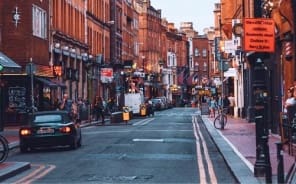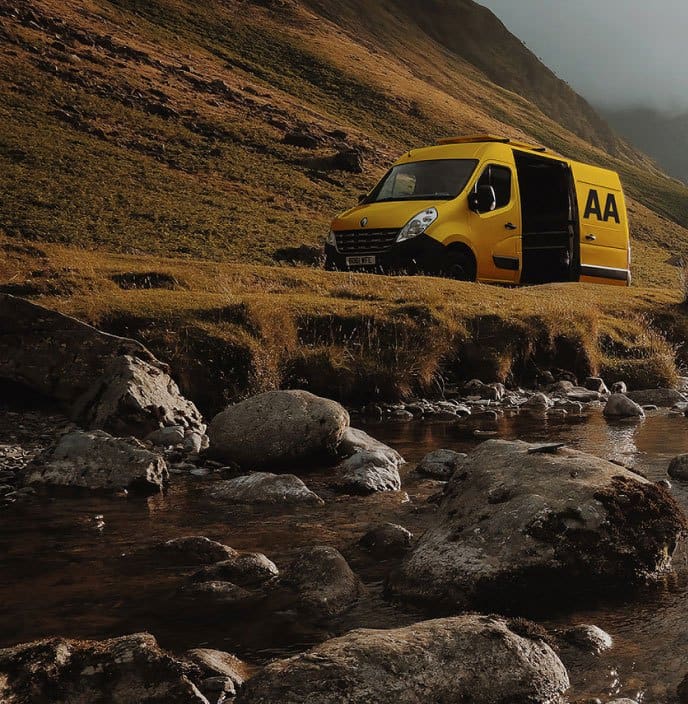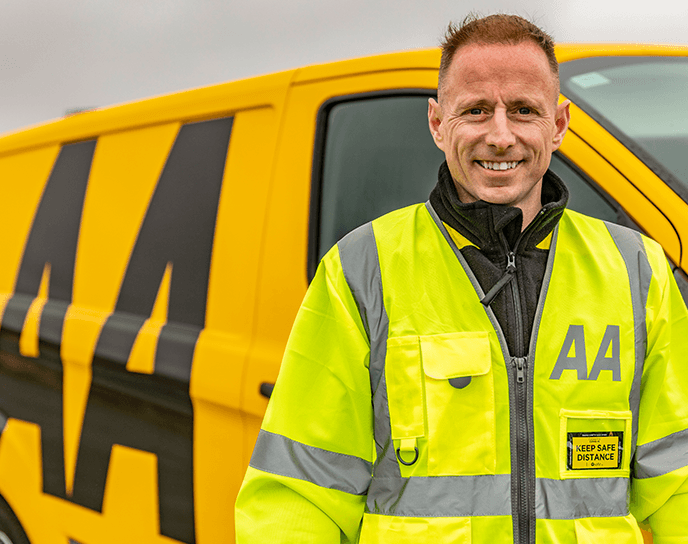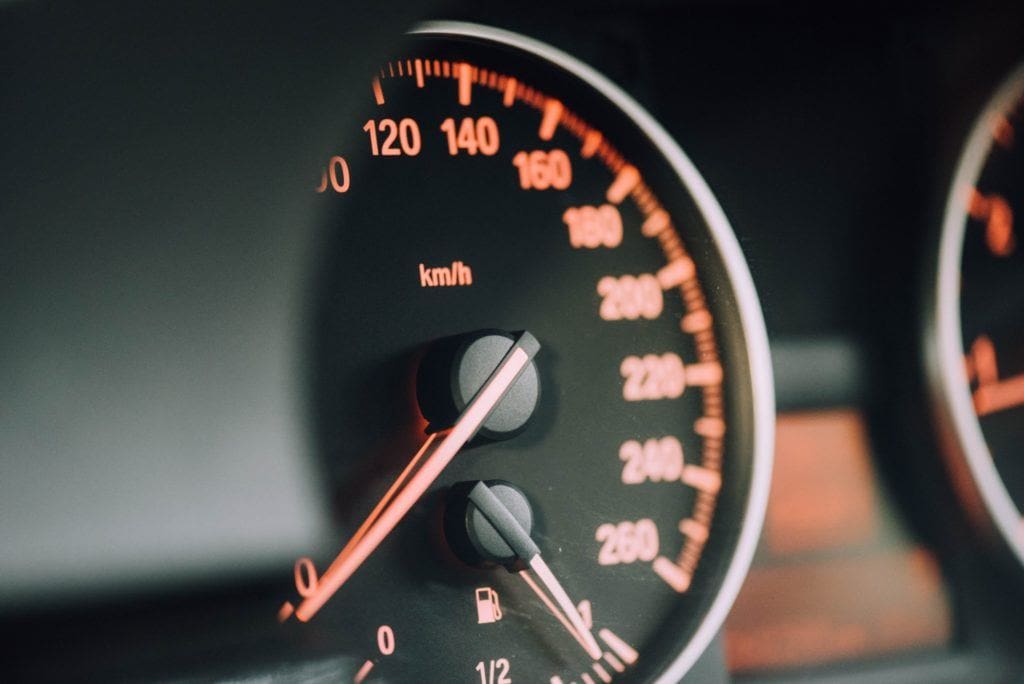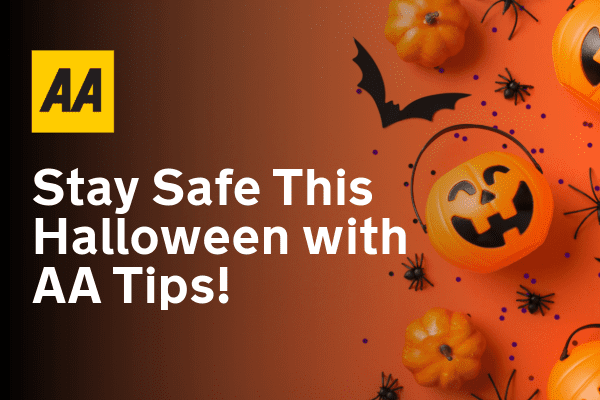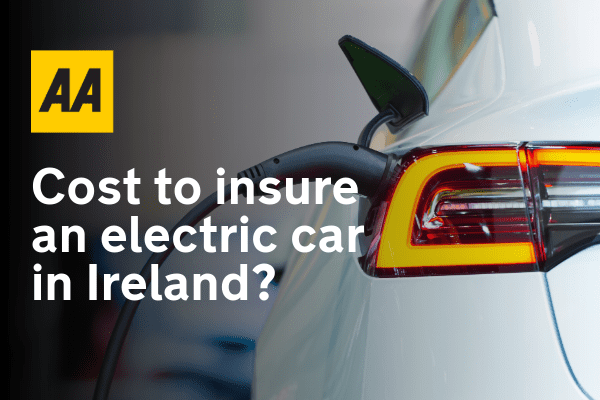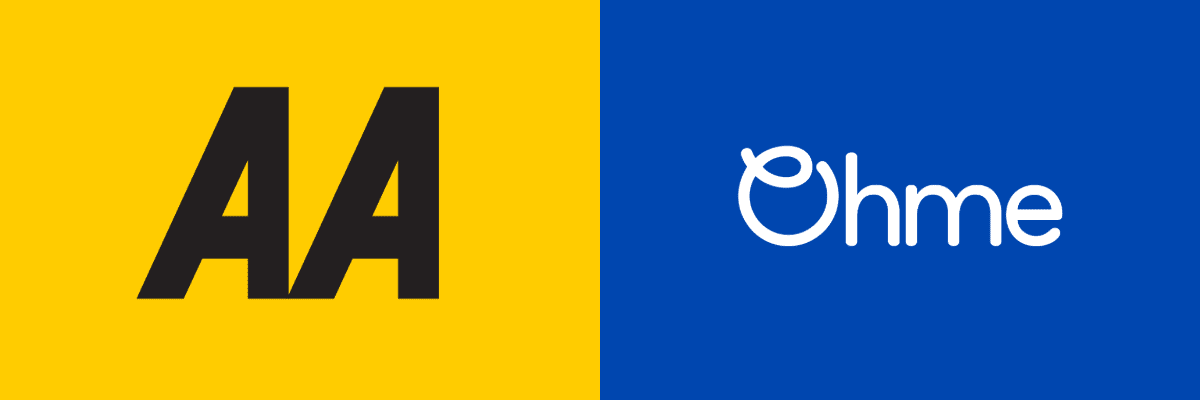Do you ever find yourself staring at your dashboard warning lights wondering what some of the more uncommon ones mean? Well, wonder no more because we’ve selected some of the main players to tell you exactly what they represent and, more importantly, what you need to do if they start flashing. Get ready to dazzle your friends with your new-found knowledge.
It’s important to note before we continue, that while many of the symbols on a dashboard are universal, some may be specific to your vehicle, so take a look in your handbook if you’re unsure. If a light comes on while you’re driving, it’s important to stop somewhere safe as soon as you can. If you’re concerned and are an AA member you can phone us on 0818 667788 or use the free AA app, so that a professional can work out what’s wrong.
Temperature warning light
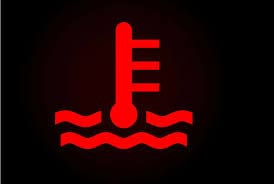
If you see this light on at any time after starting your engine it means that the engine is running too hot or you might not have enough coolant in the tank. The most serious cause of not having enough coolant (or antifreeze) is a blown head gasket which could completely destroy your engine. For this reason, you must turn off your vehicle immediately and contact your garage, or AA Rescue of course.
Low fuel warning light
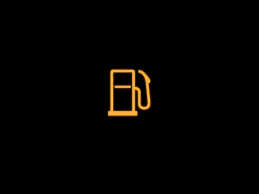
This is the warning light that most drivers are familiar with. But just in case you’re an absolute beginner, this comes on when fuel levels have dropped below a certain level. It comes on to let you know that you’ll need to get to a petrol station within approx. the next 80km. No one wants to get stuck in the middle of a motorway or an empty road on a dark night, so make sure you heed this one. For the latest fuel prices, see here.
Oil pressure warning light
If the oil pressure light comes on while you’re driving, or fails to go out after you start the engine, do the following:
- Stop in a safe place as soon as possible and turn off your engine
- Check the oil level in your engine and compare it with your handbook’s advice
- If the level is low, top up your oil immediately
If you find that the oil level is correct even though the warning light has come on, contact us straight away. Do not restart your engine.
Battery charge warning light

If your battery charge light fails to illuminate, or comes on while you’re driving, you may have one of three problems:
- A slack battery or starter terminal
- An alternator failure
- A broken or loose alternator drive belt
A broken drive belt is a serious problem. Park as soon as possible in the nearest safe spot and switch off your engine. Do not restart your engine.
Brake system warning light
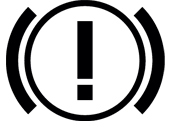
If your brake system warning light comes on after you release the handbrake, then your brake fluid level might be low and you should:
- Park in a safe spot
- Top up your brake fluid level to the MAX mark before continuing your journey – check your vehicle’s handbook if you don’t know how to check the level
If you have verified that the brake fluid level is correct but the light is still on, then there may be a fault with the sensor. In this instance, get it checked as soon as you can. Remember, it’s a good idea to check your brake fluid level every few weeks to make sure it’s not leaking.
If you find yourself having to press your brake pedal further than usual, one of your hydraulic brake circuits might have failed. This is a serious problem and needs to be rectified as soon as possible.
Diesel Particulate Filter (DPF) blockage
 What is a DPF?
What is a DPF?
DPFs act like a filter for your exhaust, catching bits of soot in much the same way as the filter in a vacuum cleaner. They need to be emptied regularly, though this normally happens automatically on long journeys when the exhaust is hot. If for any reason this doesn’t happen, for example during a long spell of stopping and starting, then the warning light will come on.
What can I do?
Driving for around 10 minutes at over 40mph should clear it, and your handbook may have more specific advice. If the light still doesn’t go out, seek expert advice.
Engine warning light
- Slow down until the light stops flashing
- If the light won’t stop flashing, stop in a safe place and turn off the engine
- Contact your local garage or AA Rescue if you’re a member
If the light is on continuously, try resetting your engine management system by:
- Stopping your vehicle if it’s safe to do so
- Switching off your engine and waiting for two minutes
- Restarting your engine
Even if your engine warning light is on, your vehicle should be safe to drive, as long as there are no other issues with your engine. You’ll still need to get your vehicle checked at a dealer or garage as soon as possible, to avoid damaging your catalytic converter.
ABS warning light
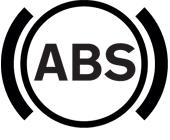 What is ABS?
What is ABS?
Your anti-lock braking system is a safety feature that prevents the wheels from locking up under braking, and therefore prevents skidding.
What should I do if the light comes on?
Get your ABS checked as soon as you can. You should be safe to drive on and brake normally without ABS, but this isn’t true for every vehicle. Pull over when safe to do so and check your handbook to be on the safe side.
What if both the brake and ABS lights come on at the same time?
- Reduce your speed gradually
- Stop as soon as it’s safe to do so
- Use your brakes very carefully – do not press the brake pedal suddenly
Fuel filter water trap (diesel engines)
 What does this light mean?
What does this light mean?
If it comes on while you’re driving, this means that water has been detected in your fuel filter.
What should I do?
Usually you can drive on without any problems but you’ll need to get the water in your fuel filter drained off as soon as possible.
If you’ve just refuelled your vehicle, pull over and switch off your engine as soon as it’s safe to do so. Your fuel might have been contaminated and that could damage your injection system. Ring your garage or AA Rescue.
See below for some more great safety advice:
What to do if you break down on a motorway
Sharing the road – keeping pedestrians and cyclists safe
See and be seen – how to correctly use your car lights

